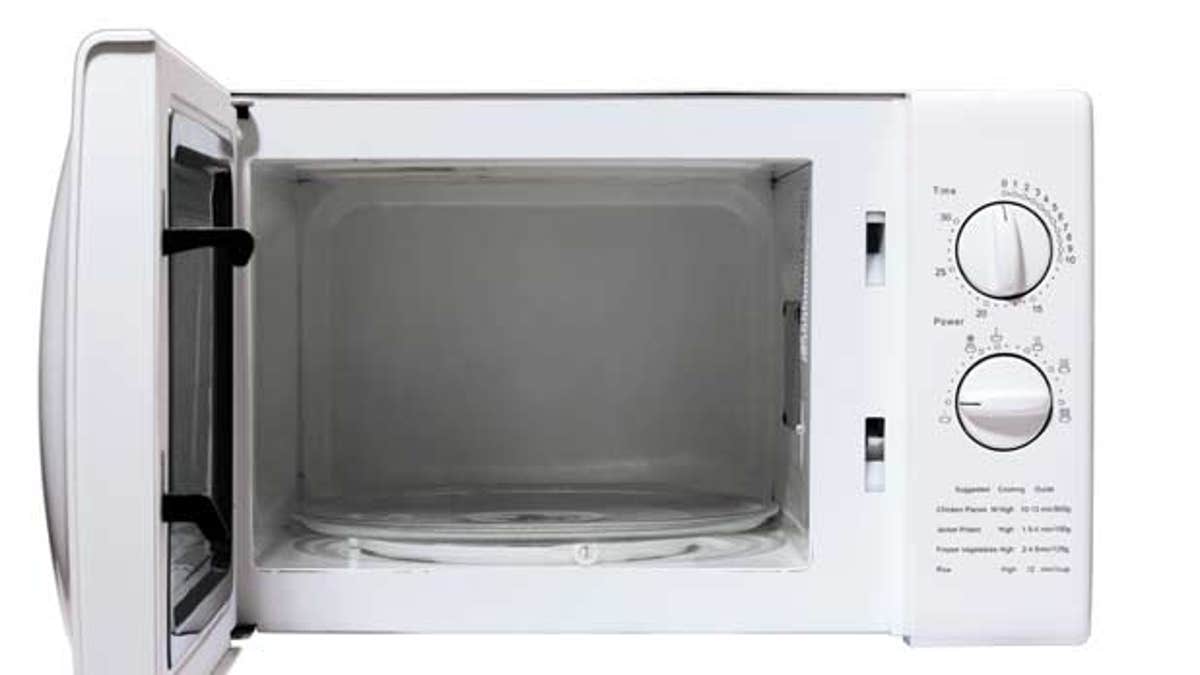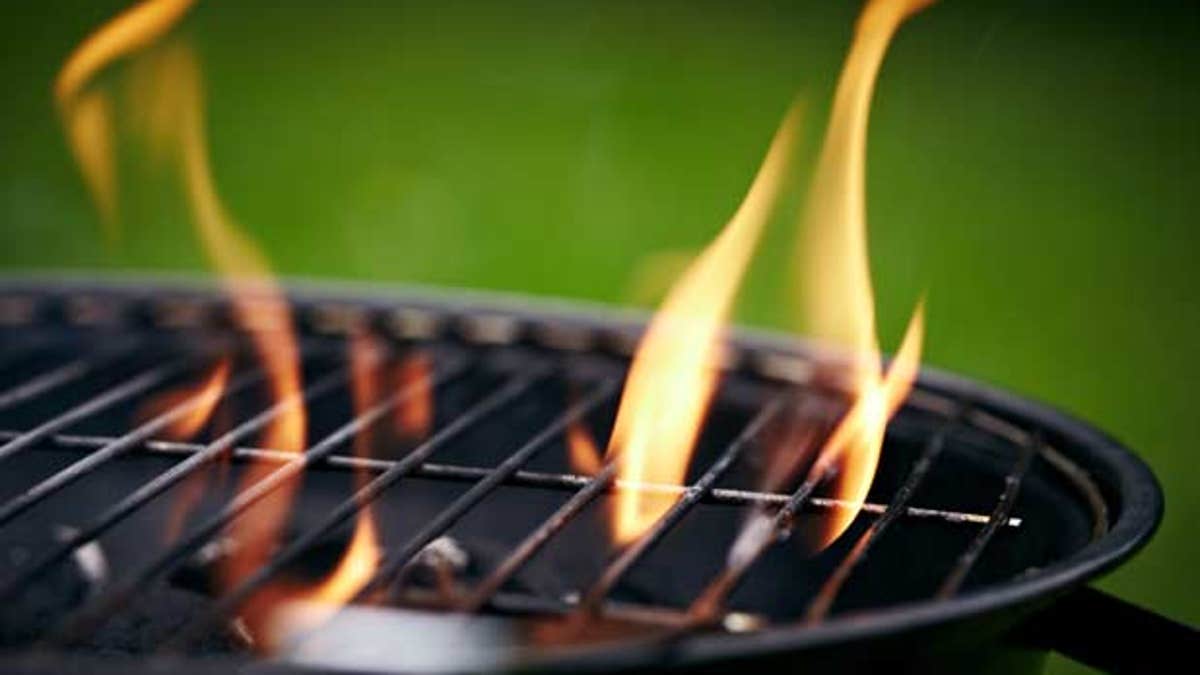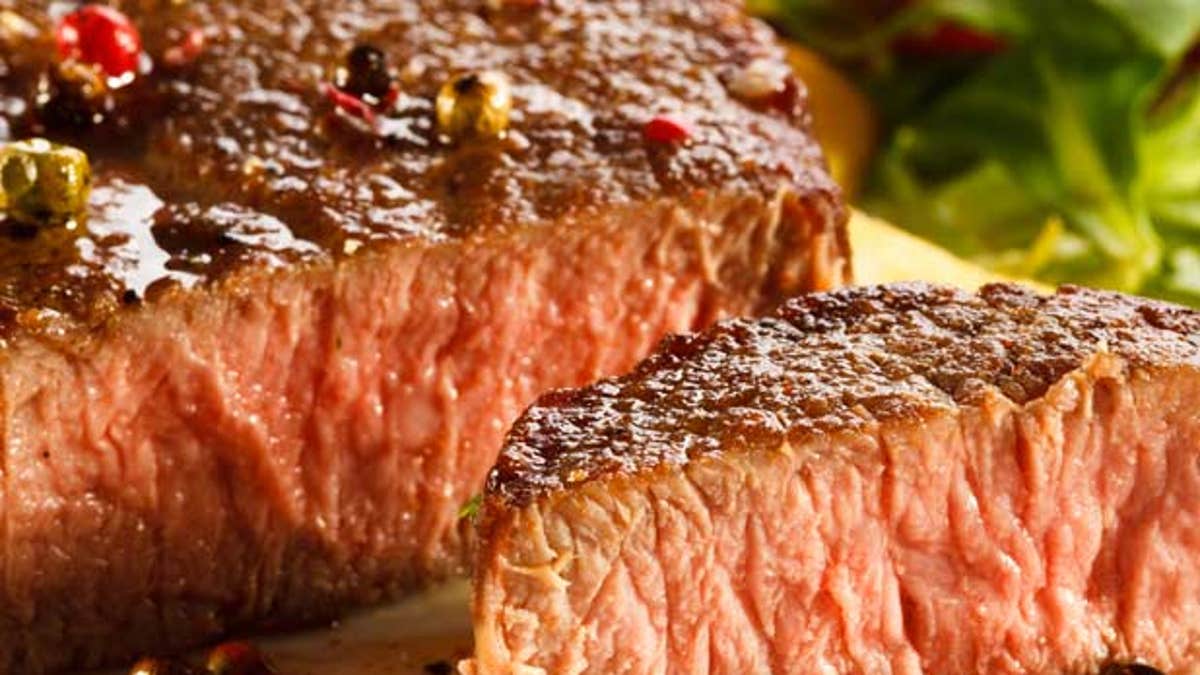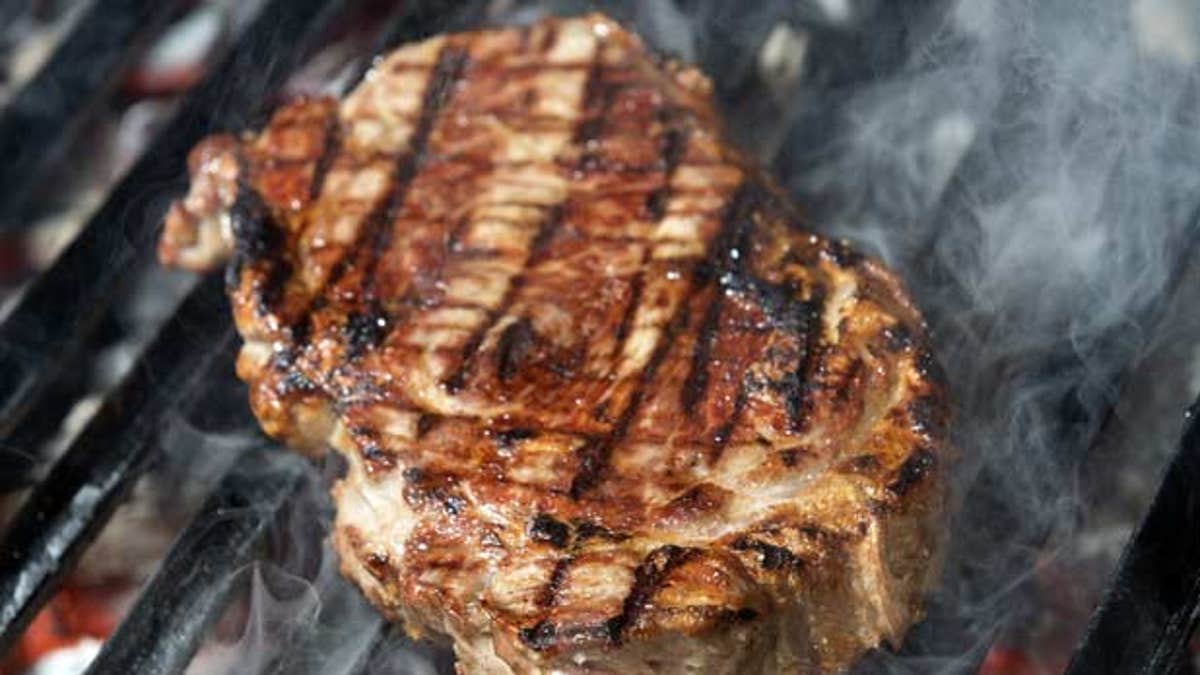How many times have you spotted that frozen steak sitting in your freezer and decided that you’d save it for another night? You’re not alone.
For a lot of people, the idea of cooking a frozen steak is daunting, and most of the time it’s because they just don’t know what to do with it. From getting it thawed to making it taste great, a frozen steak abides by its own set of rules when it comes to cooking, and a lot of people aren't sure what they are. Thus, it’s easy for people to put off dealing with a frozen steak because it’s frozen and it’ll always be there, right?
We’re putting an end to the constant neglect frozen steaks are victim to by telling you how to thaw and cook frozen steaks. We don’t care how it got there — whether you froze it yourself, bought it that way, or received it as a gift — but we want you to take that steak out of your freezer and finally put it to good use.
To do this, we’re working with someone in the steak industry who, out of everyone, should know a lot about thawing and cooking frozen steaks. For nearly 100 years, Omaha Steaks has perfected the art of frozen steaks. Starting with premium grain-fed beef that’s been aged and hand-trimmed by their experts, they freeze their steaks at the height of their flavor and tenderness. When an Omaha Steak product arrives at your door, you know you’re receiving the best variety of steak out there, frozen, and now we’re going to tell you what to do with it with tips and recipes from their executive chef Karl Marsh.
Marsh doesn’t recommend freezing steaks at home, because you need professional equipment to vacuum-seal and flash-freeze them to ensure quality and freshness. But as we all know, sometimes a frozen steak finds its way into our kitchens, and he has some great tips for how to handle it. Marsh doesn’t just tell us one way to thaw a steak, but he gives us three, and he ranks them in order of his preference. He also guides us step by step through cooking the steak on the grill, starting with seasoning the steaks and finishing with how to tell when they’re done. And to further get you to do something with that frozen steak, Omaha Steaks has provided recipes for you to try out at home, each one specially developed so that your frozen steak is seasoned and tenderized just right.
So stop scratching your head and wondering about that frozen steak. It doesn’t matter why it’s frozen but it’s important that it’s made well and tastes great, so here’s how to thaw and cook it.
1. Thawing: Ranked

(iStock)
The first step to making a great steak that’s been frozen is getting it thawed, and so many people wonder how to do that. Marsh has three methods that he recommends, and he’s ranked them in order of preference. The one method he does not recommend, though, is leaving it to thaw out at room temperature, which will require too much time and makes it more likely for bacteria to develop. Keep reading to read his top three methods.
2. Method: The Refrigerator

(iStock)
Marsh’s overall preferred method is to let your frozen steak thaw in the refrigerator overnight. Allowing it to defrost slowly and at a controlled temperature lends to a juicier, more flavorful steak. Place the frozen steak in its wrapper on a plate or flat surface and allow it to defrost overnight on the bottom shelf of your refrigerator.
3. Method: Sink

(iStock)
If you’ve just gotten home and you need that frozen steak cooked that night, the sink is Marsh’s second preferred method for thawing a steak. If you can spare the space, he recommends filling the entire sink with cold water and allowing the steak to defrost in its packaging. This allows the steak to defrost evenly and at a controlled temperature. Because the cold water will become slightly warm from sitting, this method works faster than the refrigerator and usually only takes about 20 minutes.
4. Method: The Microwave

(iStock)
Marsh strongly discourages using the microwave to thaw a steak. The heat from the microwave causes the steak to lose its natural juices, and the final product with be drier and less tender than had you used the refrigerator or sink. That being said, he knows that sometimes the microwave can’t be avoided, and claims that oftentimes defrosting in the microwave goes wrong because people don’t know how to do it correctly. To use the microwave, leave the steak in its packaging and watch it carefully as it defrosts. As soon as the out portions start to thaw, take it out and let it rest. The rest of the meat will thaw during standing time.
5. Prepare the Grill

(iStock)
When you’re ready to start cooking, it’s time to prepare the grill. The first step is to clean the grill and get it preheated. A hot grill is important for cooking steaks because of searing, and you’ll see why later on. Along with getting it clean and hot, Marsh recommends lightly oiling the grill so that it helps with the searing process and prevents the steak from sticking.
6. Seasoning

(iStock)
Have you ever had your butcher tell you that all a fat piece of steak needs is a little salt and pepper for seasoning? Well, he’s right, but unfortunately it’s not always the case with frozen steaks. While the high water content of a frozen steak lends to a tender, juicy texture, it sometimes can weaken the steak’s flavor. To help your frozen steak out a bit, Marsh recommends using seasonings like brown sugar, paprika, and cumin, or other marinating ingredients like Dijon mustard, soy sauce, and citrus juice to amp up the flavor.
7. Searing

(iStock)
You won’t get a juicy steak without perfectly searing it, says Marsh, and this is especially true for frozen ones. By giving it a good, hot sear, it locks in all of the flavors and juices, and creates a charred, textured crust. In order to sear the steak well, place it on the hot grill and touch it as little as possible, allowing the grill to do its work. Marsh recommends flipping when the juices of the steak start bubbling up to the top of it, and to use the 60/40 rule, which means grilling the steak 60 percent on one side, and then 40 percent on the other.
See more tips at The Daily Meal
More from The Daily Meal
Best Steak Grilling Tips from the Pros
